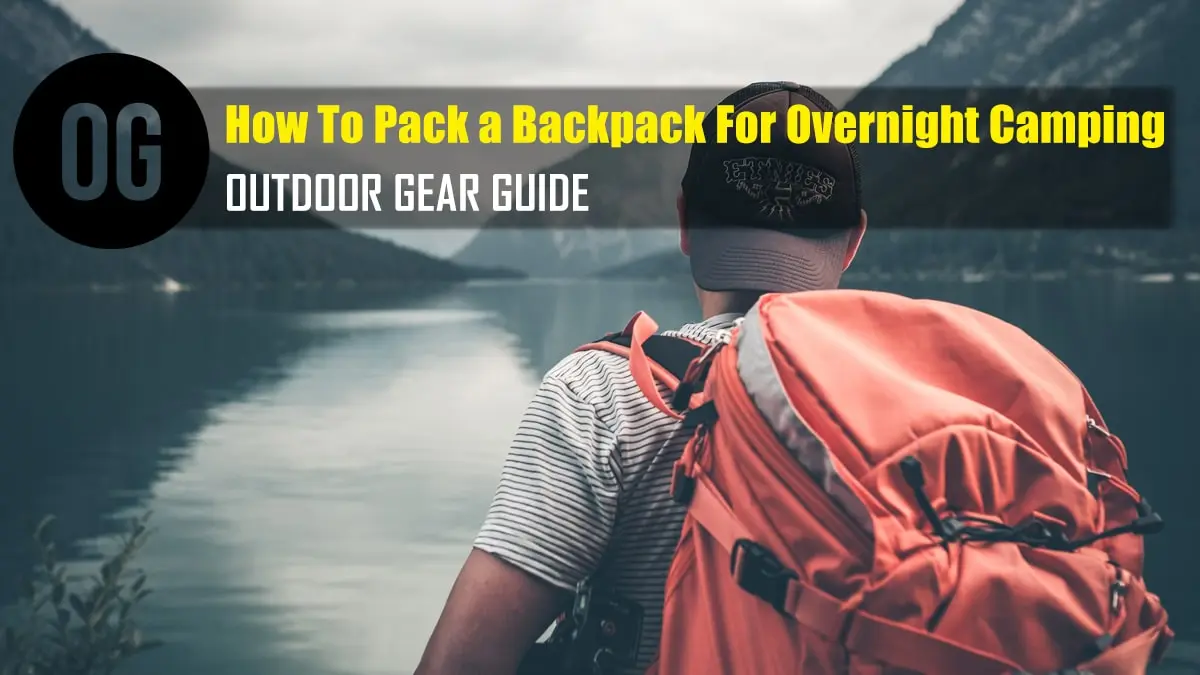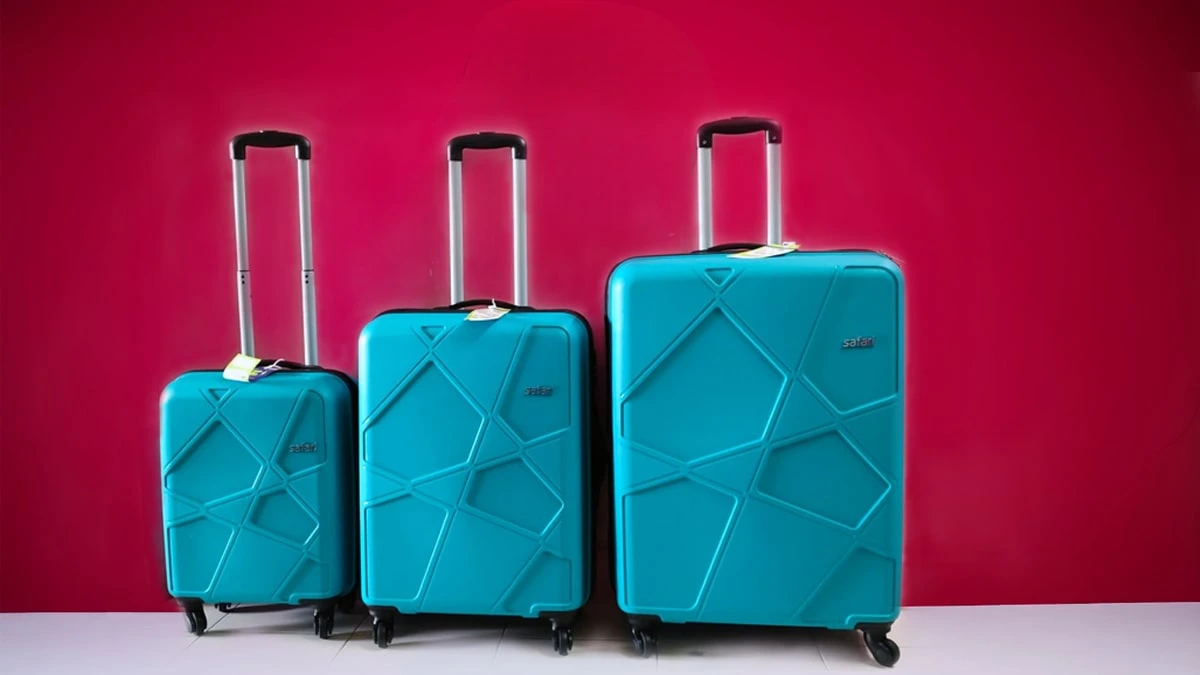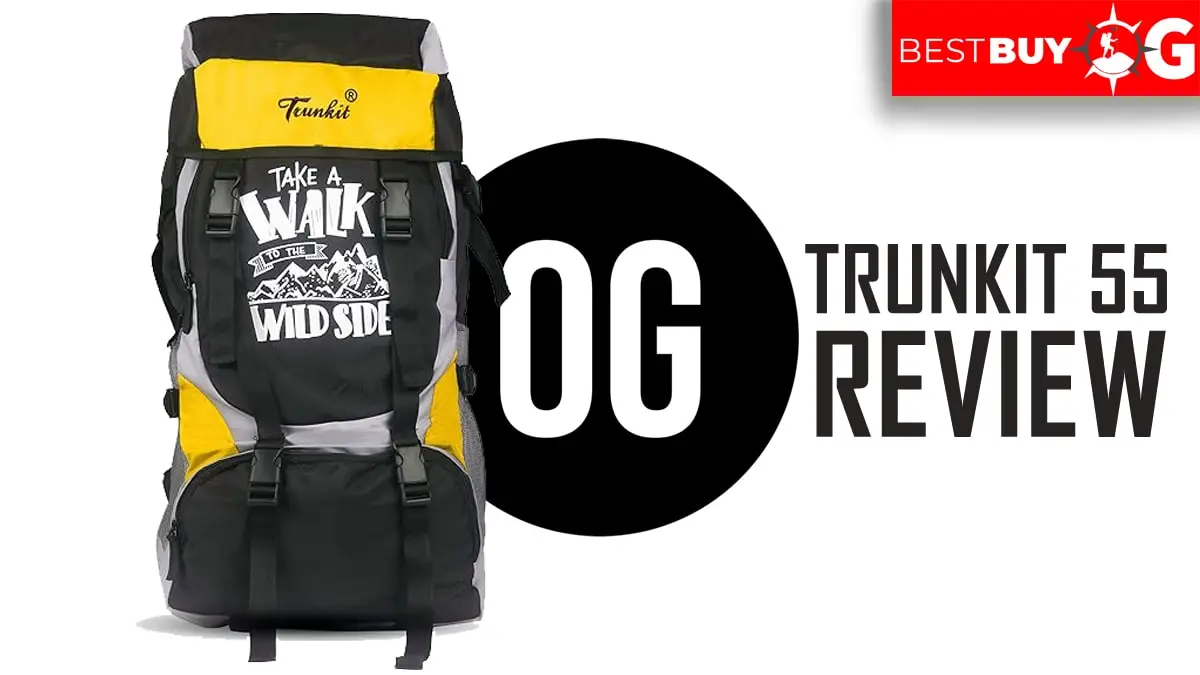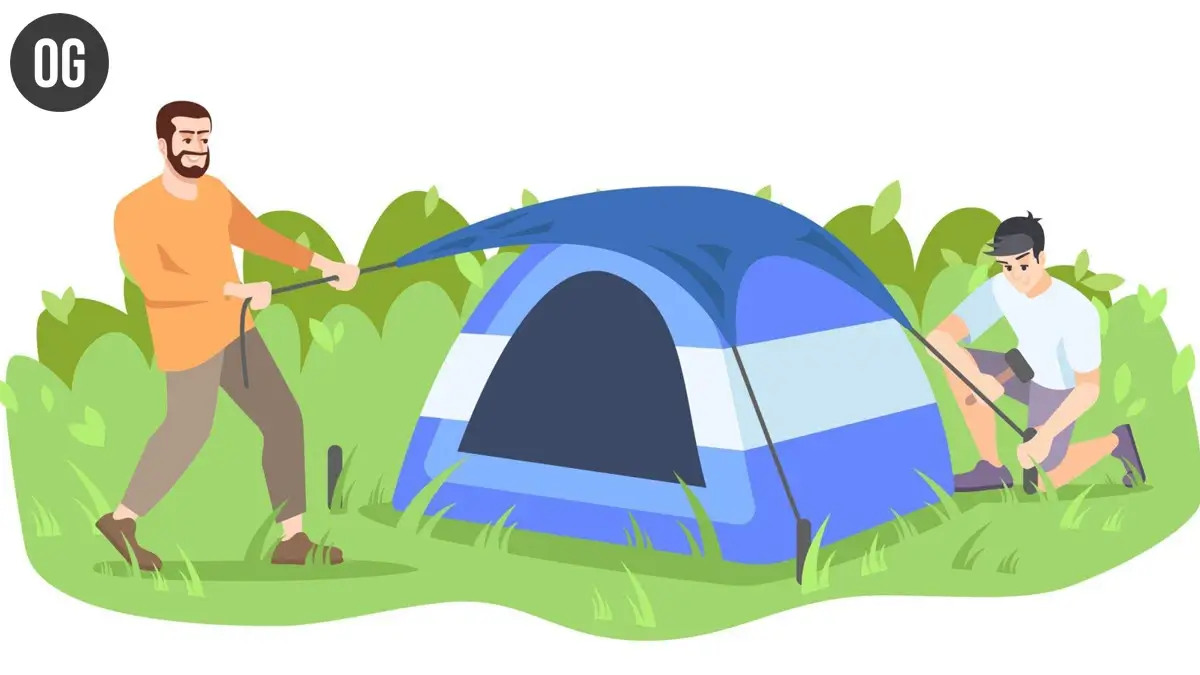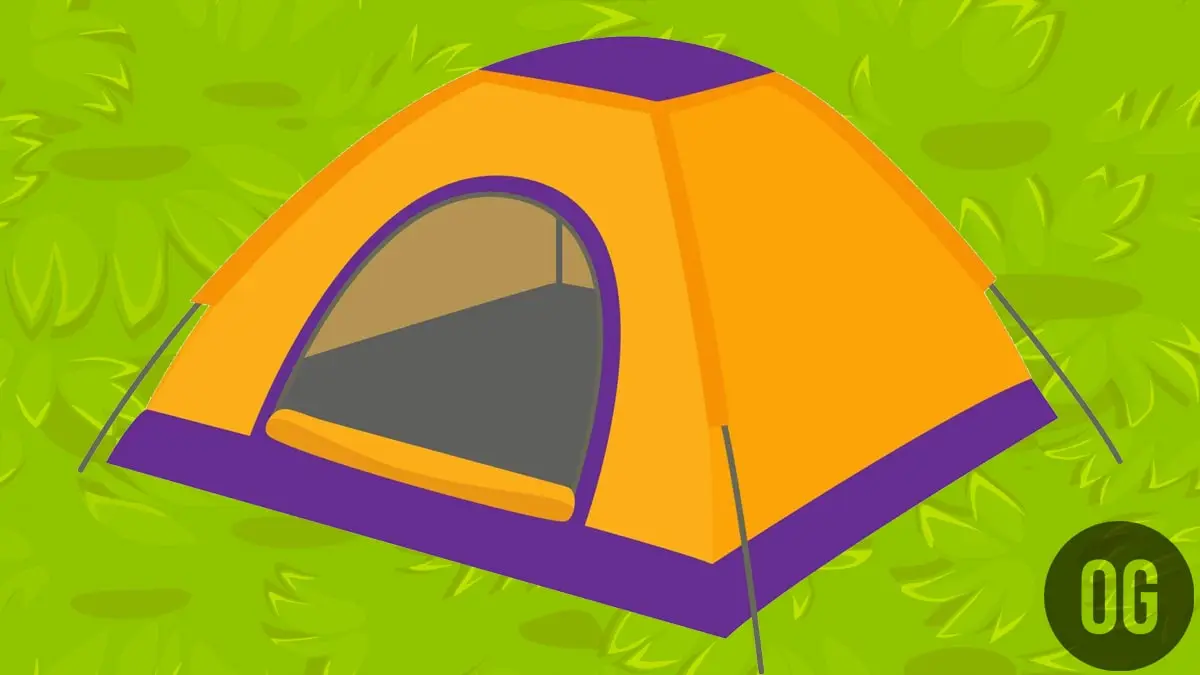Masters 7 Rain Camping Tent Tips For Staying Dry You’re Unaware For Sure
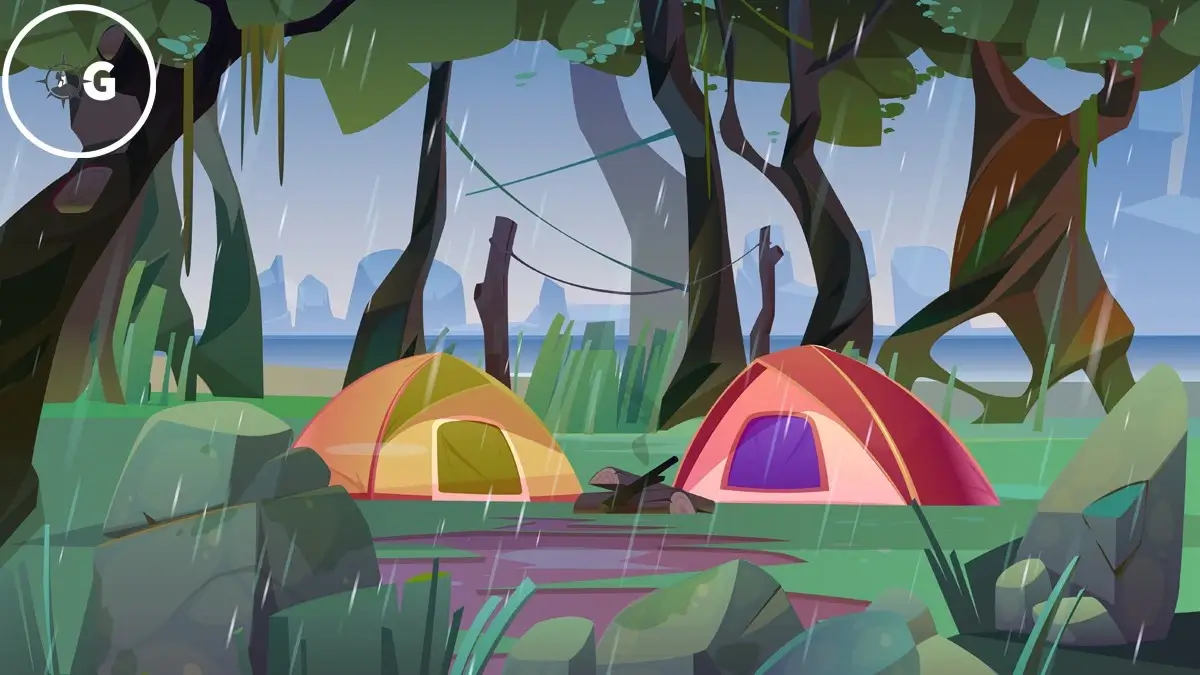
Rain Camping Tent Tips For Staying Dry sheds light on the distinct challenges posed by rain, highlighting the critical nature of maintaining a dry and pristine interior within your tent.
This transcends simple comfort, as ensuring hygienic campsite conditions actively protects both health and well-being.
Table of Contents
This guide offers expert advice on achieving both dryness and coziness amidst rain’s embrace similar to the advice we delivered winter camping hacks to stay warm.
It covers a spectrum of insights, from the nuances of tent selection to organizational strategies, weather monitoring practices, and effective drying techniques.
Related: 7 Best Tents For Camping And Backpacking
Pre-Trip Preparations

Rain Camping Tent Tips For Staying Dry emphasizes the importance of proactive pre-trip arrangements before you set out on your camping journey.
These strategic measures can profoundly impact your capacity to remain dry and at ease inside your tent, even during heavy rainfall.
1. Choosing the Right Campsite:
Selecting the ideal campsite can help to prevent potential water-related issues. Choose higher ground and avoid areas prone to accumulation or flooding, like areas prone to rainwater accumulation or flooding.
A flat, elevated surface that allows rainwater runoff away from your tent’s location would be optimal; positioning it facing downhill might further reduce pooling near its entrance can also help.
2. Tent Selection and Setup:
Choose and set up top-notch rainproof 4-season tents specifically crafted to shield you during damp conditions.
Whereas, you can go for 3-season tents which are good backpacking tents for camping in light rain but not suitable for heavy rainfall.
We recommend you learn more about the difference between 4-season and 3-season tents before you buy one.
To achieve the best safeguarding against rain, search for tents suitable for camping and backpacking that come with added protective features like a rainfly or vestibule.
Ensure the tent fits the size requirements for your group with enough space for gear storage and personal items while remaining weather-tight during setup – prioritize easy setup to minimize exposure during installation!
There are different types of tents available in India so you need to make your decision wisely.
3. Pitching and Protection:
Pitch your tent carefully to reduce water leakage. Start by clearing away debris and rocks from your chosen area, seam sealing the tent to enhance waterproofing; and paying special attention to seams, zippers, and attachment points when doing this step.
When setting up and taking down your camping tent, make sure to properly position the rainfly to cover the entire tent, including mesh windows, to achieve the best protection against water infiltration.
4. Weather Forecast Monitoring:
Whilst you prepare and during your camping experience, be mindful of the weather forecast.
Taking advantage of modern technology’s real-time updates allows you to anticipate rain showers and adjust plans accordingly; packing rain gear could make all the difference to your camping experience! Read further here for more details.
5. Waterproofing Gear and Essentials:
Along with protecting your tent from moisture seepage, waterproofing other essential gear is also vitally important.
Use waterproof bags or dry sacks to store clothing, electronics, food supplies, and any other valuables to protect them against potential moisture infiltration.
Campsite Arrangement
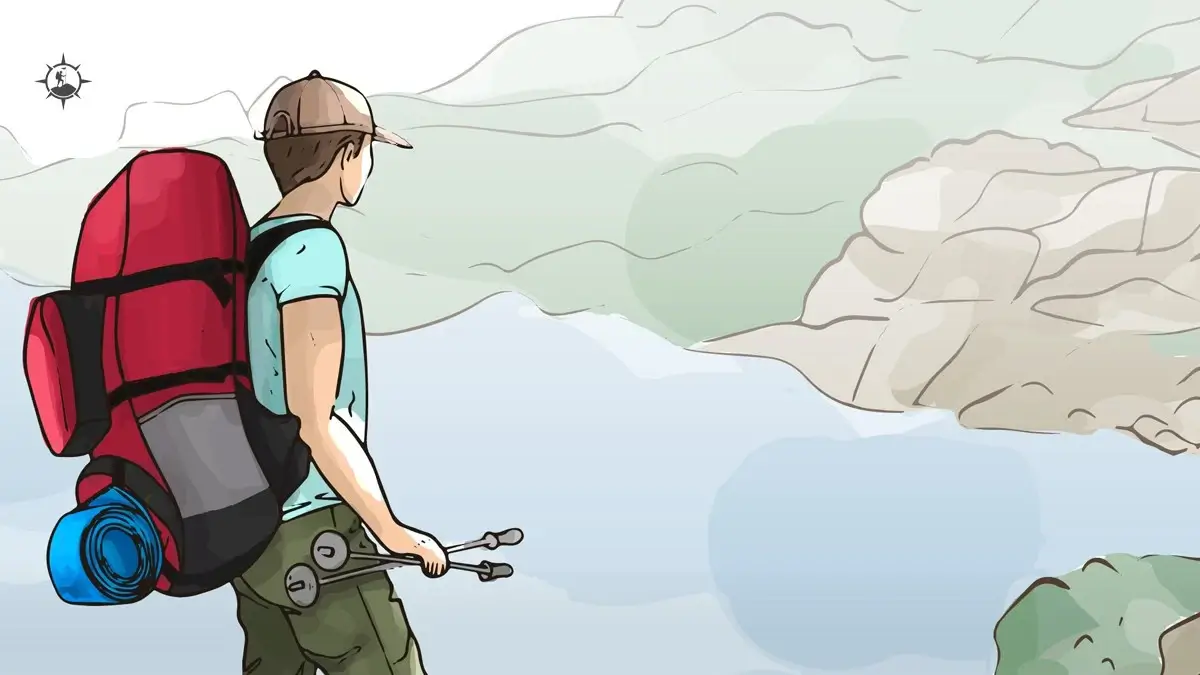
Amidst the gathering rain clouds and darkening skies, the art of skillful campsite arrangement takes center stage, accompanied by the essential advice of Rain Camping Tent Tips For Staying Dry.
Your camping experience hinges upon this adept organization, as it can be the defining factor between a damp, uncomfortable escapade and a tranquil, snug haven.
1. Vestibules and Rainflies:
Vestibules and rainflies are your first line of defense against rain. If your tent has these features, ensure they are set up properly.
A vestibule provides valuable space to store wet gear, muddy boots, and cooking equipment, preventing them from entering the main tent area.
The rainfly shields your tent from direct rainfall and minimizes moisture infiltration through mesh windows and seams.
2. Groundsheet and Floor Protection:
Placing a groundsheet or footprint underneath your tent serves as an additional barrier against ground moisture.
This protective layer prevents groundwater from seeping through the tent floor and keeps your sleeping area dry.
Ensure the groundsheet is slightly smaller than the tent footprint to prevent water from pooling between the layers.
3. Entry/Exit Strategy:
Crafting a rain-free zone right at the entrance of your tent emerges as a fundamental necessity.
Integrate the wisdom from Rain Camping Tent Tips For Staying Dry with the following procedure: Position a small tarp or groundsheet outside the tent’s opening, fashioning a pristine and arid area.
This space proves invaluable for shedding wet footwear and outer layers before stepping inside.
The straightforward act acts as a formidable deterrent, thwarting the infiltration of excess moisture into your shelter.
This meticulous approach significantly bolsters the overall cleanliness and comfort of your tent’s interior.
4. Organization and Zone Management:
Segmenting your tent’s interior into distinct zones can effectively prevent moisture transfer.
Designate one area for sleeping and personal belongings and another for wet gear and equipment.
Utilize storage organizers or hanging pockets to keep smaller items off the tent floor. By separating wet and dry areas, you maintain a clean and comfortable living space.
5. Tarp Use and Shelter Expansion:
Consider setting up a tarp adjacent to your tent, providing an additional covered area for cooking, dining, or relaxing.
This extension offers protection from rain while allowing you to engage in outdoor activities without getting soaked. Ensure the tarp is pitched with a slight slope to facilitate water runoff.
6. Wind Direction Awareness:
When selecting your campsite, factor in wind direction alongside rain patterns. Position your tent’s entrance facing away from prevailing winds to prevent rain from being blown directly into the tent when the door is open.
This minor adjustment can make a substantial difference in interior comfort.
Interior Organization

When inclement weather interrupts your outdoor escapade, upholding a dry and systematically arranged interior within your tent becomes imperative, catering to both comfort and functionality.
Integrating insights from Rain Camping Tent Tips For Staying Dry, a meticulously organized space not only safeguards your possessions from moisture but also actively fosters an unhindered and tranquil camping experience.
1. Separate “Wet” and “Dry” Zones:
Dividing your tent’s interior into distinct zones is a key strategy. Dedicate a specific area for wet gear, muddy boots, and rain-soaked clothing.
This prevents moisture from spreading to your sleeping area and personal belongings.
Utilize waterproof bags or dry sacks to contain damp items and keep them from affecting the dry section.
2. Sleeping Arrangements:
Opting to elevate your sleeping space above ground level demonstrates astute thinking.
Employ camping cots or sleeping pads as detailed in Rain Camping Tent Tips For Staying Dry, establishing a protective shield against the infiltration of groundwater.
Through these raised platforms, a dry and cozy surface is afforded for rest, promising you to awaken refreshed and revitalized, even following a night of rain.
3. Gear Storage Solutions:
Invest in storage organizers or hanging pockets to keep smaller items off the tent floor.
Hanging organizers can be attached to the tent walls, maximizing interior space and keeping gear easily accessible.
Large gear like backpacks and hiking boots can be stored outside the sleeping area in the designated wet zone.
4. Clothing Management:
Designate a specific area for changing clothes and managing wet garments. Hang a clothesline within the tent to dry wet clothes, reducing moisture and maintaining interior comfort.
Keep spare, dry clothing easily accessible and organized to facilitate quick changes during rainy conditions.
5. Personal Items and Essentials:
Keep personal items such as electronics, toiletries, and documents in waterproof bags or containers.
Utilize compact storage solutions like travel pouches to prevent items from becoming damp.
By organizing personal essentials, you ensure they remain dry and ready for use.
6. Lighting and Accessibility:
Place a small, battery-operated LED lantern at the center of your tent to illuminate the interior during rainy evenings. Ensure easy access to the lantern by hanging it from the tent’s ceiling hook.
This provides adequate lighting for reading, organizing gear, and moving around without compromising interior dryness.
7. Minimalist Approach:
Embrace a minimalist mindset by packing only essential items to reduce clutter. The fewer items you have inside the tent, the easier it is to maintain an organized and tidy space.
This approach also allows for better air circulation, minimizing condensation buildup.
Clothing and Personal Care

Engaging in camping ventures during rainy periods demands a distinct strategy concerning attire and personal well-being, guaranteeing that your comfort and health remain intact.
Adhering to Rain Camping Tent Tips For Staying Dry, the imperative of preserving dryness and upholding impeccable hygiene transcends mere physical necessity; it becomes a pivotal ingredient in cultivating a gratifying camping journey.
1. Rain Gear Essentials:
Invest in high-quality rain gear to shield yourself from precipitation. A waterproof and breathable rain jacket, rain pants, and waterproof boots are essential components of your rainy camping wardrobe.
These items create a protective barrier against rain and wind while allowing perspiration to escape, preventing you from feeling damp and clammy.
2. Layering Technique:
Adopt the layering technique to regulate body temperature effectively. Start with a moisture-wicking base layer to keep sweat away from your skin.
Add insulating layers for warmth and a waterproof outer layer to repel rain. This adaptable approach allows you to adjust your clothing as weather conditions fluctuate.
3. Changing Area Setup:
Designate a specific area within your tent for changing wet clothes. Lay down a groundsheet or towel to provide a clean and dry surface.
Changing in this area prevents moisture from spreading inside the tent and helps you maintain personal hygiene.
4. Quick-Dry Clothing Choices:
Opt for clothing made from quick-drying materials such as nylon, polyester, or merino wool.
These fabrics wick moisture away from your skin and dry rapidly, reducing discomfort and the risk of hypothermia in wet conditions.
5. Biodegradable Wet Wipes:
Pack biodegradable wet wipes to maintain personal hygiene when water access is limited.
These wipes are useful for freshening up and cleaning your hands, face, and body. Remember to pack out used wipes in a sealable bag to adhere to Leave No Trace principles.
6. Portable Handwashing Stations:
Consider carrying a portable handwashing station equipped with biodegradable soap.
Regular handwashing helps prevent the spread of germs and maintains cleanliness, even when water sources are scarce.
Dispose of used water responsibly, following Leave No Trace guidelines.
7. Foot Care:
Pay special attention to foot care in wet conditions. Wear moisture-wicking socks to prevent blisters and discomfort.
Pack extra pairs of socks to change into when your feet get wet. Consider using foot powder to keep your feet dry and comfortable.
8. Hair and Body Care:
Maintaining personal hygiene extends to hair and body care. Use a dry shampoo or baby powder to keep hair fresh between washes.
Carry a small toiletry bag with essentials like a toothbrush, toothpaste, and a travel-sized soap for bathing.
Weather Monitoring and Adaptation

Mastering the art of successful rainy camping hinges on your capacity to closely monitor weather conditions and flexibly adapt your strategies.
Remaining well-informed about imminent rain showers and cultivating an adaptable mindset can shift your camping experience from a soggy challenge to an enjoyable and rewarding escapade.
For a comprehensive guide on this subject, refer to the advice offered in Rain Camping Tent Tips For Staying Dry.
1. Pre-Trip Forecast Assessment:
Before setting out, thoroughly assess the weather forecast for the entire duration of your camping trip.
Rely on reliable weather websites, mobile apps, and local forecasts. Understanding the expected weather patterns enables you to pack appropriate clothing, gear, and emergency supplies.
2. Real-Time Updates:
Once at your campsite, continue monitoring weather conditions in real-time. Modern technology provides accessible weather updates through smartphones, portable weather radios, or satellite communication devices.
Regularly check for updates to stay informed about potential weather changes.
3. Rainy Day Gear:
Pack essential rainy-day gear regardless of the initial forecast. A lightweight, packable rain jacket, waterproof pants, and rain covers for your backpack and gear are indispensable.
By being prepared for rain from the outset, you minimize the impact of unexpected showers.
4. Adaptable Itinerary:
Craft an itinerary that allows for flexibility. Plan outdoor activities for fair weather, but have indoor alternatives ready in case of rain.
This adaptability ensures you can continue to enjoy your camping experience even when the weather takes an unexpected turn.
5. Rainy Day Activities:
Prepare a list of rainy-day activities to keep everyone engaged and content during wet spells. Board games, reading material, storytelling, and campfire cooking are excellent choices.
Having a repertoire of indoor activities fosters a positive atmosphere regardless of the weather.
6. Rain Gear Layering:
Master the art of layering your rain gear. When it starts to drizzle, you can wear your lightweight rain jacket to stay dry without overheating.
As rain intensity increases, layer on your waterproof pants and other rain gear to ensure comprehensive protection.
7. Shelter Enhancements:
During periods of rain, optimize your tent or tarp setup. Angle your tent door away from prevailing winds to prevent rain from entering when opened.
Secure all rainfly and vestibule components tightly to minimize water leakage.
8. Mental Resilience:
Adapting to rainy conditions requires a positive mindset. Embrace the beauty of nature’s watery spectacle and view rain as an integral part of the camping experience.
Maintaining a resilient and adaptable attitude significantly contributes to your enjoyment of the trip.
Drying and Cleaning During Rain

Camping in the rain presents unique challenges, especially when it comes to maintaining personal hygiene and keeping your gear dry.
However, with strategic drying and cleaning techniques, you can ensure a comfortable and clean campsite even during wet weather.
We have covered the topic in detail in our article tips on maintaining and cleaning camping tents.
1. Drying Rack Setup:
Create an improvised drying area within your tent or under a tarp. Use a paracord or a clothesline to hang wet clothes, towels, and gear.
Ensure proper spacing between items to allow air circulation for faster drying. A designated drying area prevents moisture from spreading throughout your living space.
2. Managing Condensation:
Condensation buildup inside your tent can contribute to dampness. Proper ventilation is key.
During brief breaks in rain, open tent vents or windows to allow air circulation. Additionally, use microfiber towels or chamois cloths to wipe down the tent walls, reducing moisture accumulation.
3. Wiping Down Gear:
After outdoor activities in the rain, take a few minutes to wipe down wet gear. Use absorbent towels to dry items like camping chairs, cooking equipment, and backpacks.
Removing excess moisture prevents them from transferring water into your living area.
4. Waterproof Gear Storage:
Invest in waterproof storage solutions such as dry bags and stuff sacks. Keep essentials like clothing, electronics, and food items in these waterproof containers to safeguard them from rain and potential leaks. This also aids in organizing your gear and keeping your belongings dry.
5. Footwear Management:
Managing wet footwear is crucial for overall comfort. When not in use, place your wet shoes or boots under the vestibule or tarp, but outside the tent.
This prevents mud and water from entering your living space. Consider using newspaper or quick-drying inserts to speed up the drying process.
6. Quick-Dry Fabrics:
Opt for quick-drying fabrics for your clothing and gear. Microfiber towels, synthetic clothing, and moisture-wicking socks dry faster than traditional materials.
Choosing quick-dry options minimizes discomfort and prevents extended dampness.
7. Rainy Day Gear Rotation:
If rain persists, rotate your rainy-day gear to ensure essentials like rain jackets and waterproof boots remain dry.
By having a backup set of dry gear, you’re always prepared to face the elements without feeling soaked.
8. Campsite Cleaning Routine:
Regularly clean your campsite to prevent mud and dirt buildup. Use a small broom or brush to sweep away debris from the tent entrance, vestibule, and living area. Maintaining a clean campsite reduces the chance of tracking mud inside your shelter.
Packing Up in Wet Conditions

As your camping adventure draws to a close, packing up in wet conditions requires careful planning and execution to ensure your gear remains dry for future trips.
Navigating the challenges of wet weather during departure can be a daunting task, but with the right techniques and strategies, you can efficiently stow your belongings and leave the campsite with minimal hassle.
1. Shake Off Excess Water:
Before disassembling your tent, give it a good shake to remove as much water as possible. Gently tap the tent fabric to dislodge droplets.
This step minimizes the amount of water you’ll need to deal with during the packing process.
2. Tent Drying:
If time and weather permit, allow your tent to air dry before packing it away. Set it up in a sunny and breezy spot, or drape it over trees or a line.
Drying your tent prevents mold and mildew growth and ensures you won’t be setting up a damp shelter on your next trip.
3. Groundsheet Management:
Lay out your groundsheet or tent footprint in a dry area to let it air out and dry. Shake off debris and wipe it down with a cloth if needed.
Ensuring your groundsheet is clean and dry before storage prolongs its lifespan and prevents moisture transfer to other gear.
4. Gear Organization:
Organize your gear into separate categories and pack them in waterproof bags or dry sacks. Items like clothing, sleeping bags, and electronics should be well protected from rain.
Utilize zip-lock bags or waterproof containers for smaller items that are susceptible to moisture damage.
5. Dry Bag Strategy:
Designate a dry bag specifically for wet or damp items that couldn’t be thoroughly dried before departure. By isolating these items, you prevent them from affecting the dryness of other gear during transit.
6. Rain Gear Accessibility:
Wear your rain gear during the packing process to keep your clothing dry. If you must remove your rain gear due to warming weather, pack it in a way that’s easily accessible.
This prevents the need to unpack everything to retrieve rain gear if the weather changes suddenly.
7. Fold and Roll Technique:
Use the fold-and-roll technique for packing clothing and gear. Rolling items tightly not only saves space but also minimizes the contact between damp fabrics. Consider placing sensitive items like electronics in the center of your roll to protect them from moisture.
8. Dry Change of Clothes:
Keep a dry set of clothes easily accessible for changing after packing up. This ensures you’re comfortable during the journey home and prevents the transfer of moisture from wet clothing to your car’s interior.
Recommended Gear For Rain Camping
Coleman Darwin Tent with Porch
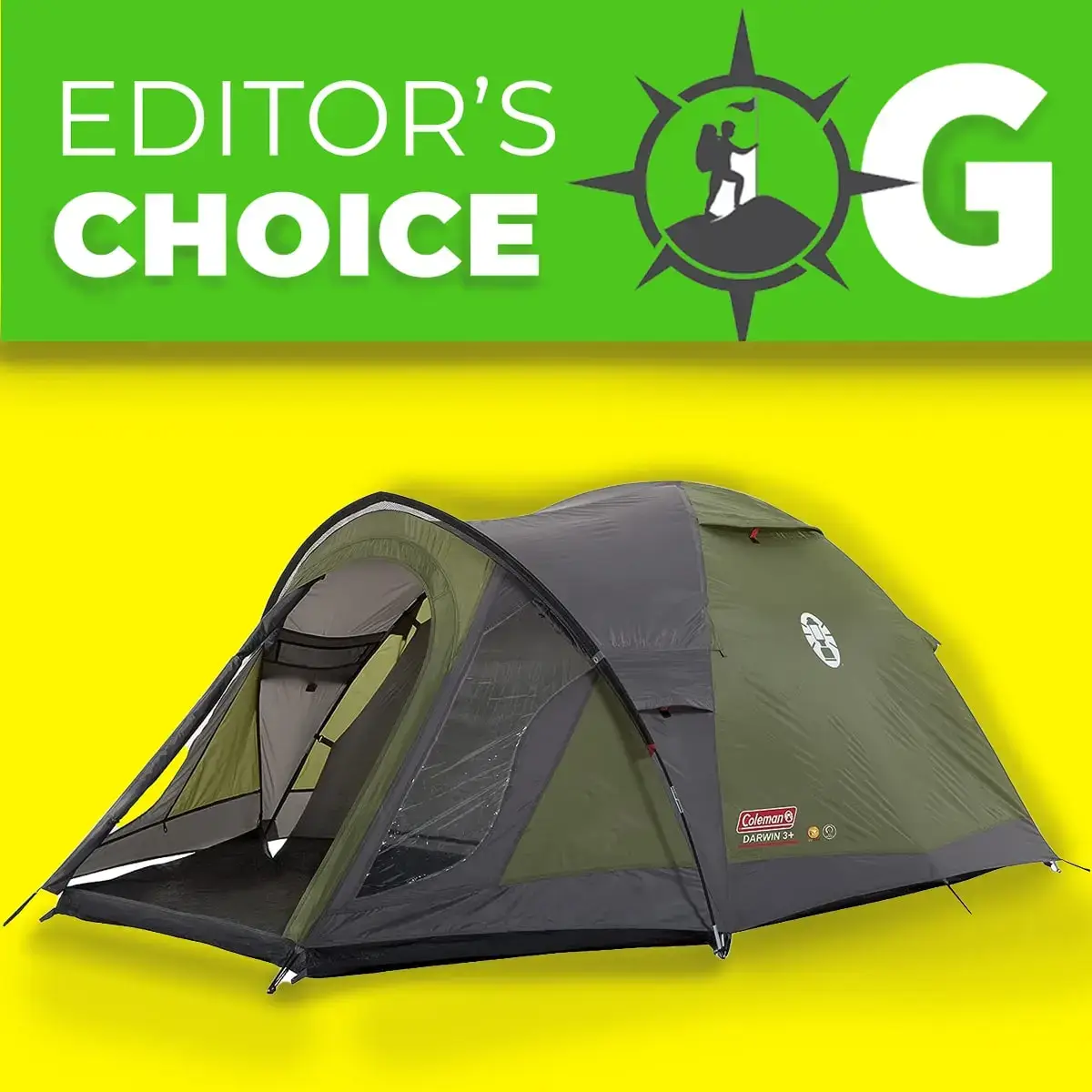
The Coleman Polyester Darwin Camping Tent is an outstanding choice for outdoor enthusiasts. Featuring a quick-pitch dome structure, reinforced PE groundsheet, spacious porch with PVC windows, and ample living space (5.6m2) this tent provides plenty of protection from rain and wind while remaining UV protected – not forgetting smart features such as storage pockets and lightweight fiberglass poles – the Coleman Polyester Darwin Tent makes camping, hiking and more an easy and pleasurable experience!
WoneNice Camping Rainfly Shelter
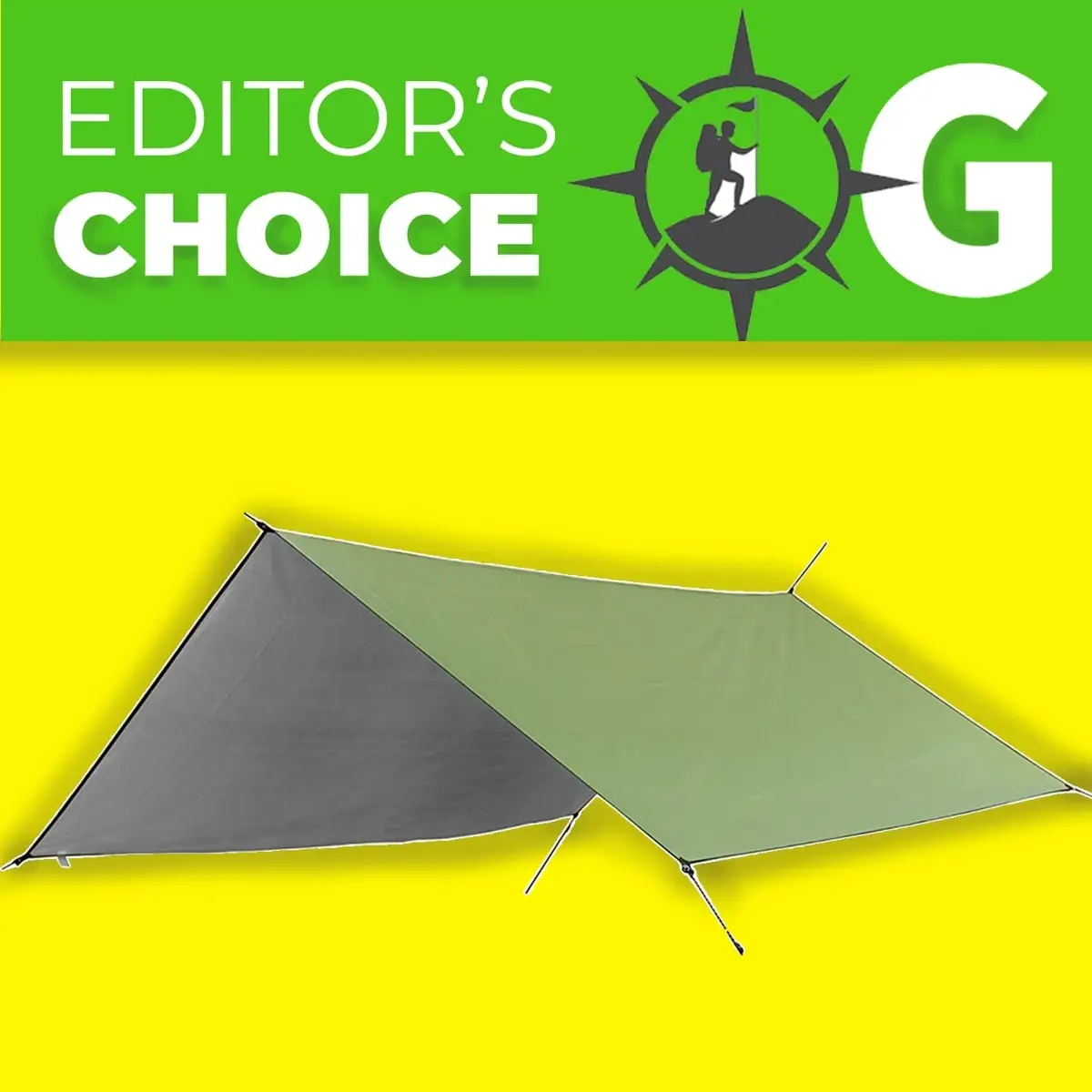
WoneNice 10x 13 Ft Camping Hammock Tarp provides reliable shelter for outdoor enthusiasts. Crafted from durable 210D embossed Oxford fabric, it provides outstanding tear resistance and waterproofing properties while offering ample coverage, UV protection, adjustable tension settings, rain and wind protection as well as being lightweight enough to be carried easily in its carrying pouch for any adventure.
Geertop Footprint
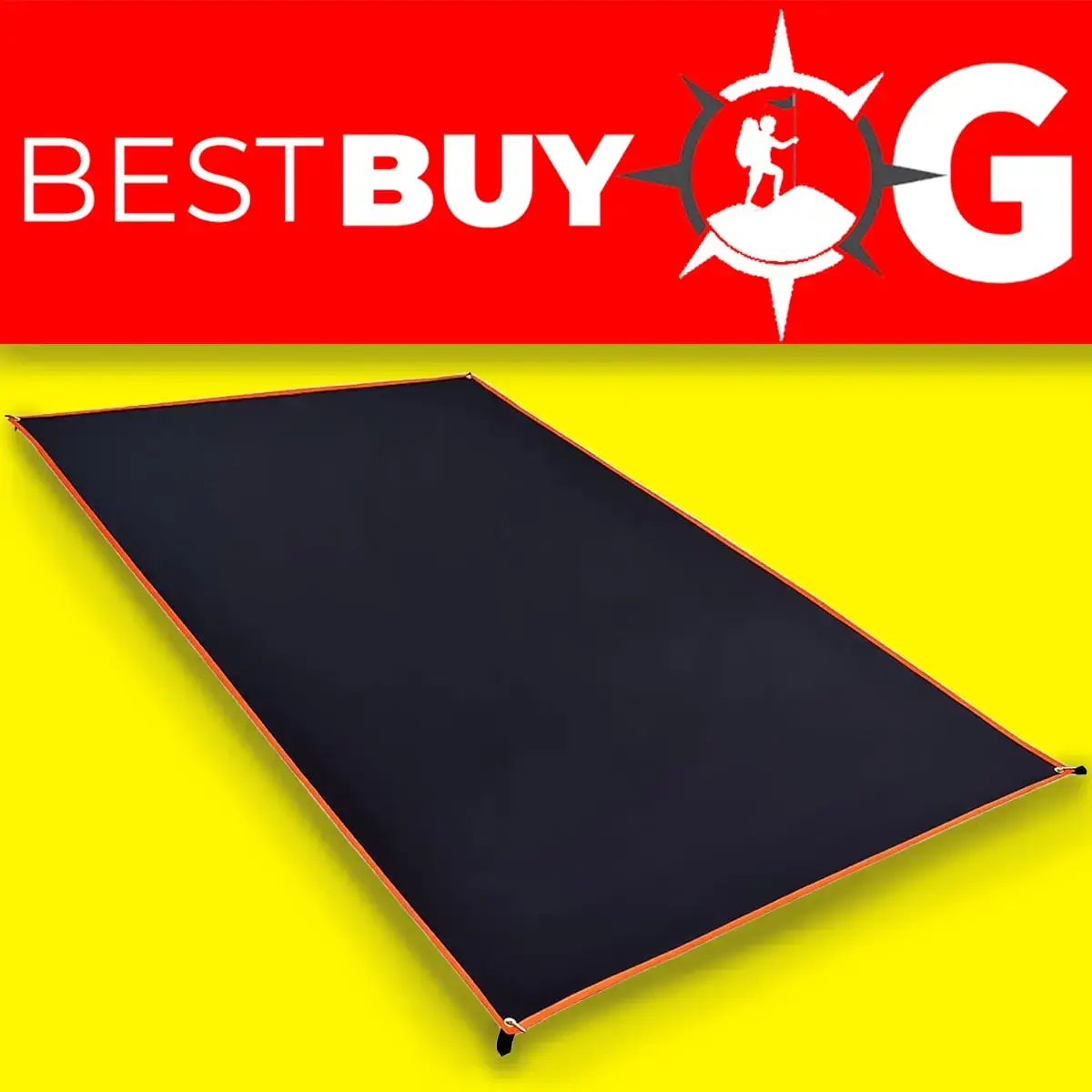
The Geertop Ultralight Waterproof Tent Tarp Footprint is an essential outdoor essential. Crafted with 20D Nylon Cloth for superior durability and shielding against punctures and abrasions, its 20D Nylon construction guarantees resilience against punctures and abrasions – perfect for protecting against punctures or puncture wounds – as well as impressive water resistance (PU8000MM), portability and easy setup via metal grommet eyelets; available in multiple sizes (such as 4’3”x 6’11”/130×210 cm (weight:190g).
Niyam Portable Pop-Up Toilet Tent
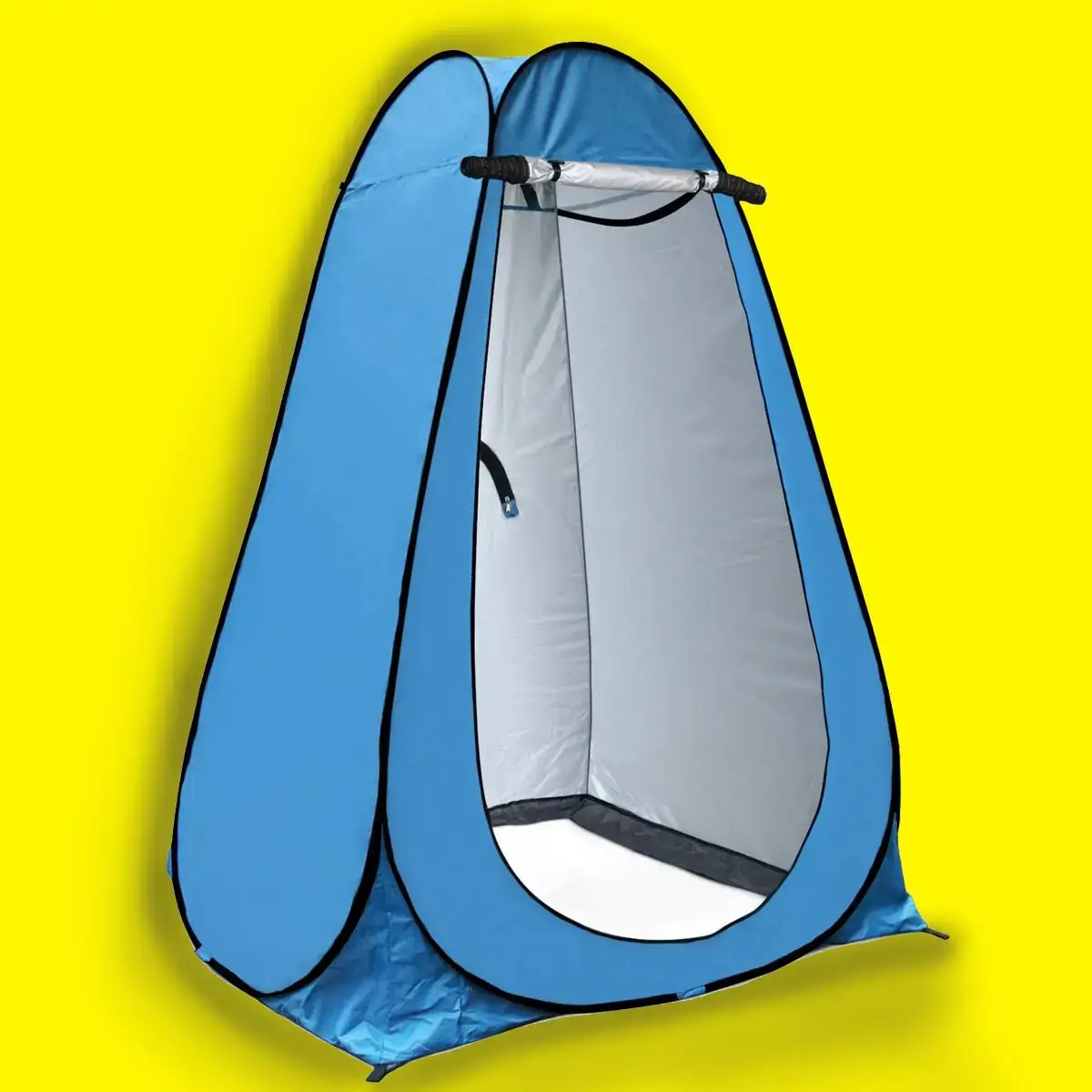
The Niyam Portable Pop-Up Toilet Tent offers convenience and versatility. Featuring an instant pop-up design that requires no assembly, this private space offers various uses. Crafted from water-repellant polyester for durability and reliability with features like a robust door zipper and galvanized steel construction for stability; a spacious interior, side bag, and clothesline meet various needs; It conveniently portable thanks to its compact size and carrying bag make this tent great for camping, changing diapers or traveling light; dimensions: 47 2/3 L x 47 2/3 W x 74.8 H; weight =4.8 LBS
HEETA Waterproof Dry Bag
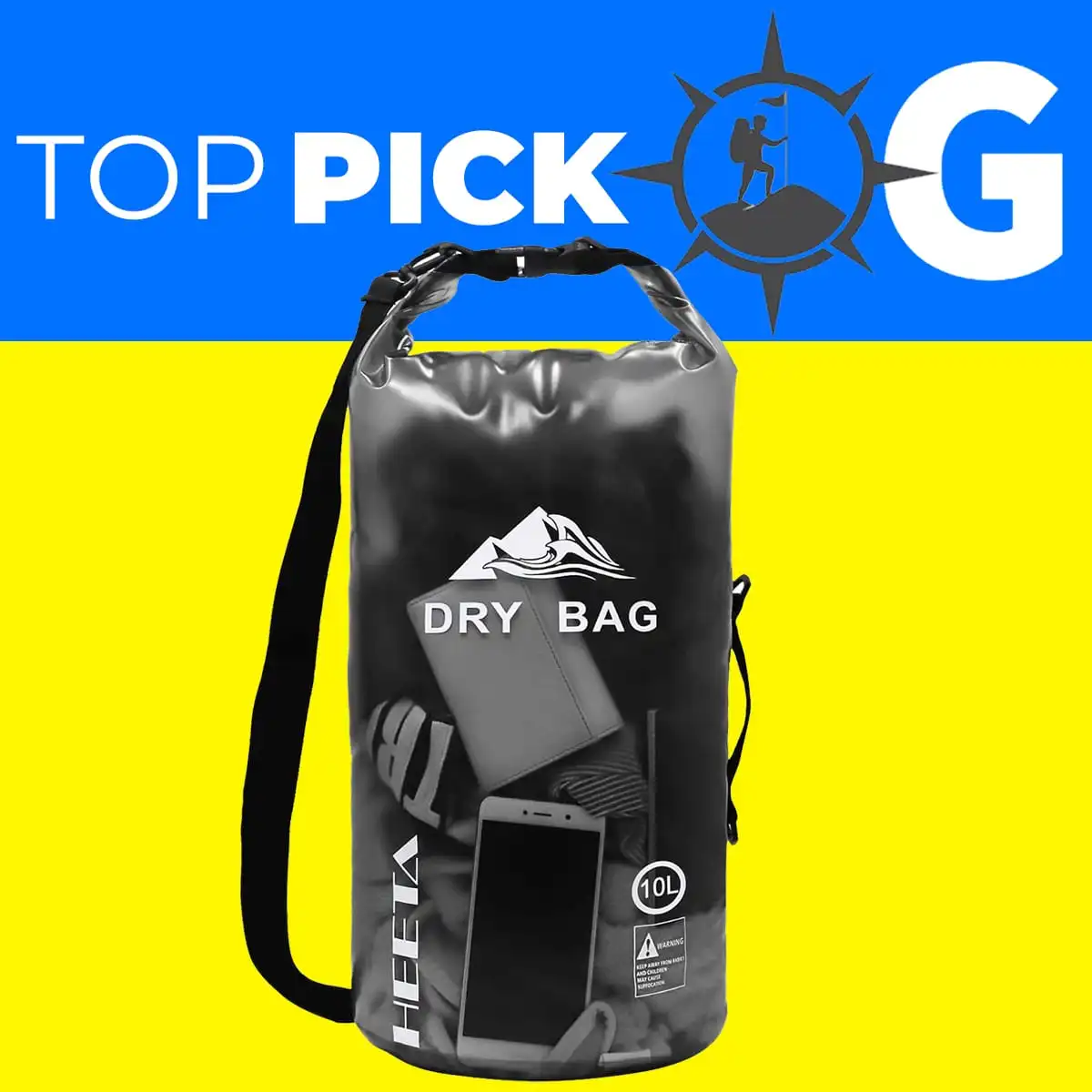
The HEETA Waterproof Dry Bag stands out as an exceptional combination of protection and versatility, featuring its seamless design to provide full waterproof capability during water sports activities. Crafted from sturdy 0.02-inch wear-resistant material for long-term outdoor durability. Adjustable straps enable it to adapt to various activities from boating to mountaineering; its transparent material allows easy retrieval and smartphone use – perfect as a thoughtful gift idea for water enthusiasts.
Serenelife Portable Camping Sink
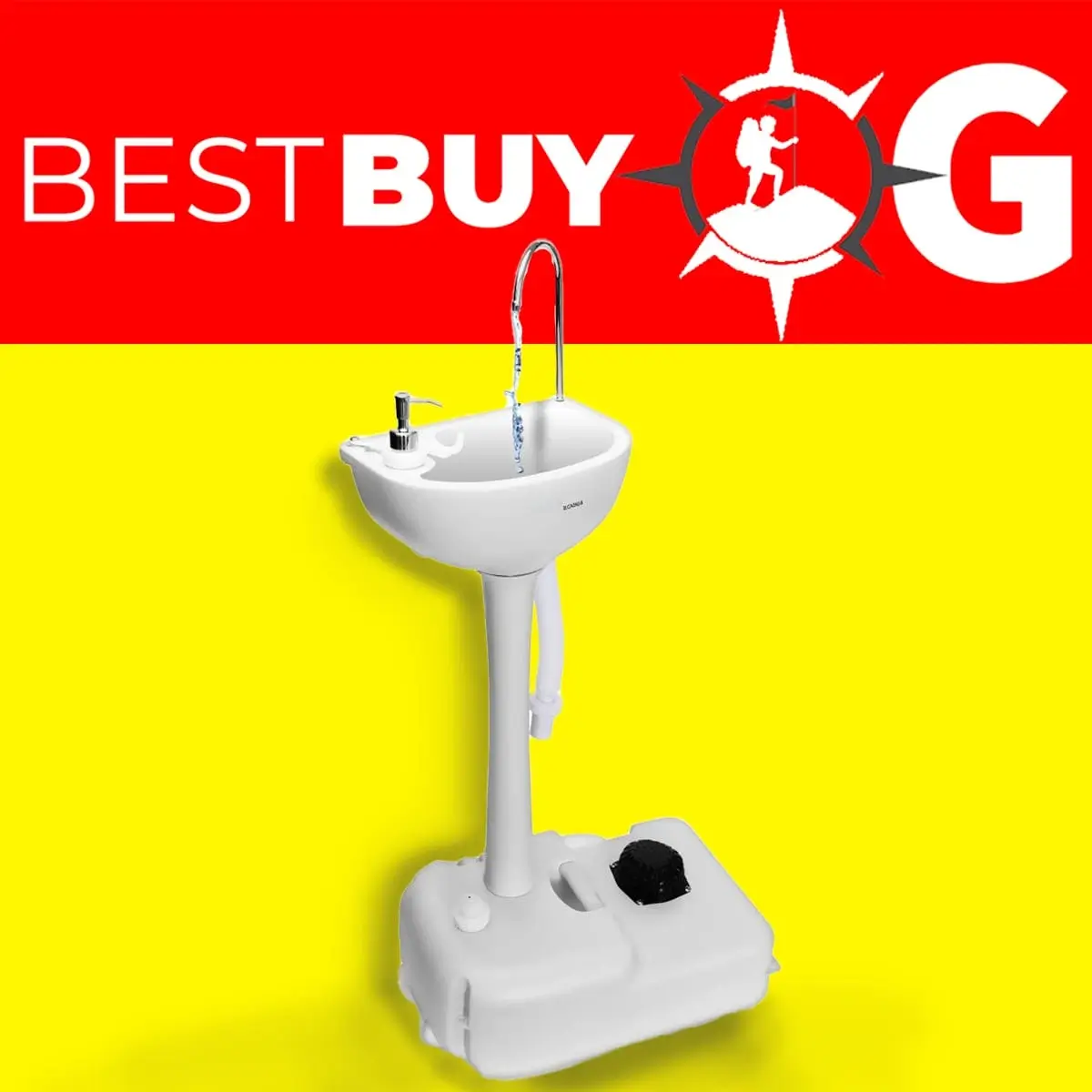
The Serenelife Portable Camping Sink provides outdoor convenience and hygiene. Equipped with a foot pump to access water access, its lightweight portability with a built-in handle and wheels makes for hands-free operation and includes a soap dispenser, towel holder, and drainage hose for personal cleanliness – making this an ideal camping and travel sink. In addition, its generous 19-liter capacity makes this ideal for camping trips or travel adventures alike.
Retractable Portable Clothesline
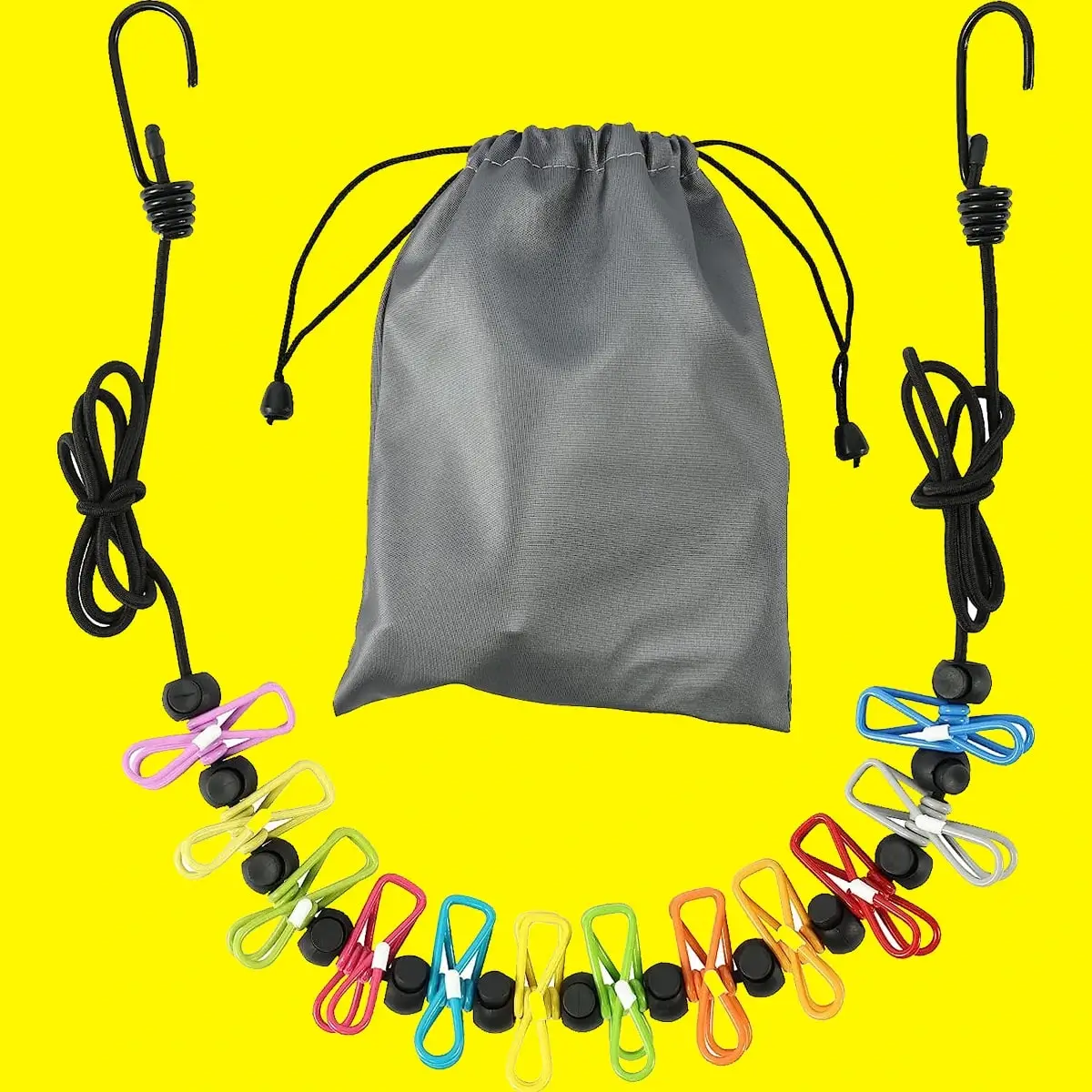
Retractable Portable Clothesline is an efficient solution with innovative features. Equipped with 12 colorful clothespins, 13 anti-skid clips, and positioning bead to facilitate efficient drying without bunching up clothes, its stretchable black rope can reach 10-12 feet when fully extended to resist weight and wind pressures while its robust stainless steel hooks and clamps offer reliable support; suitable for camping RVs homes as well as being lightweight portable with quality guarantee!
Bacca Bucci waterproof boots
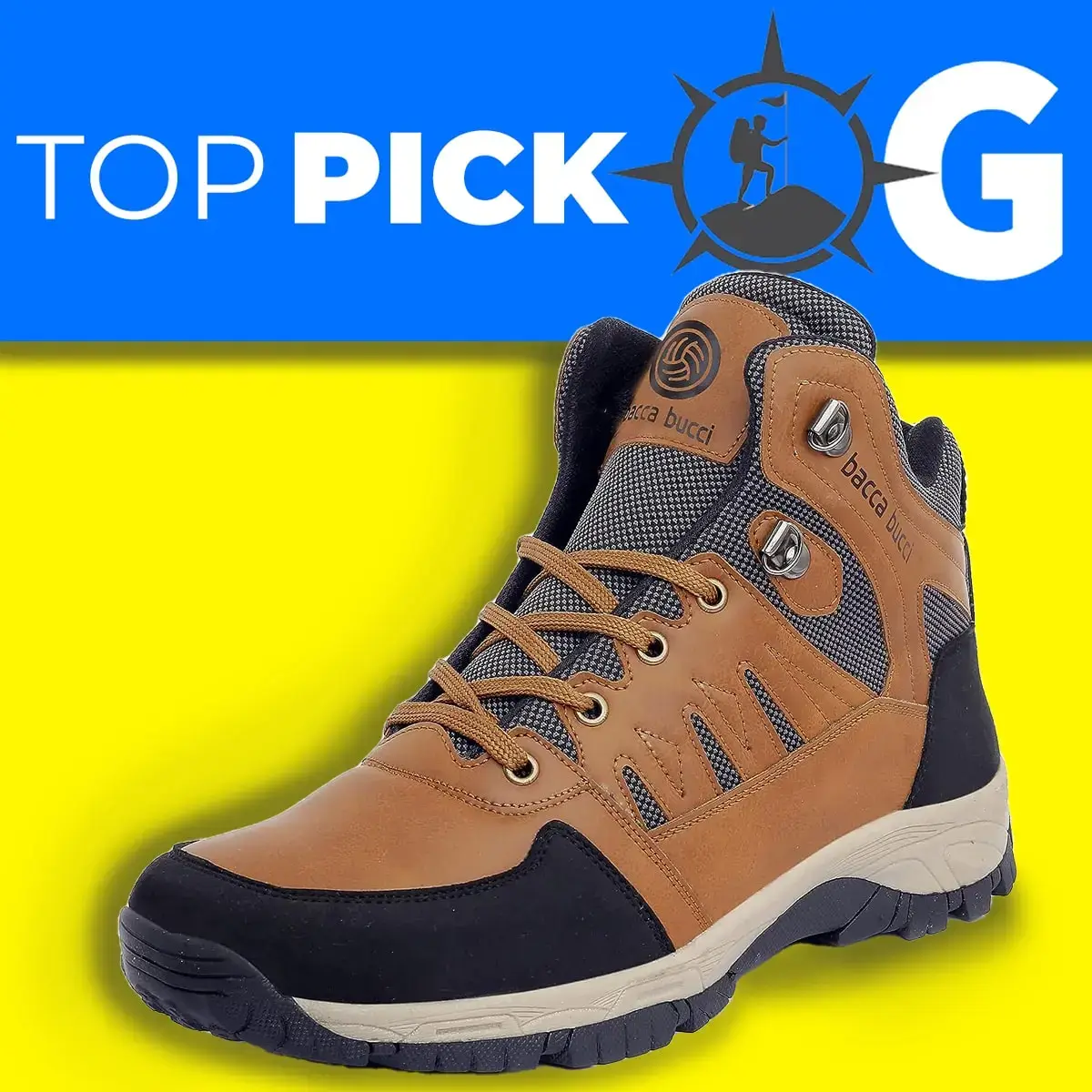
Bacca Bucci Waterproof boots provide optimal performance and comfort. Crafted from high-grade artificial fluff, these waterproof shoes ensure feet remain dry all day long. With seam-sealed ankle-high construction for softness and warmth – ideal for winter – and an anti-slip rubber outsole that provides stability on various terrains, these are great boots to have for hiking, trekking, camping and other outdoor activities in cold and wet weather conditions – plus their water resistance provides enjoyable outdoor experiences for men too!
Columbia Men’s Solid Rain Jacket

The Columbia Men’s Solid Rain Jacket provides effective rain protection in an ultralight design, featuring full seam sealing and Omni-Tech(r). Completely waterproof, its Omni-Tech fabrication effectively releases excess heat and vapor during activity – ideal for moderate rainfall conditions this jacket provides reliable rain shielding. Highly recommended due to its functionality and quality.
Adidas Men’s Trefoil Cushioned Crew Socks
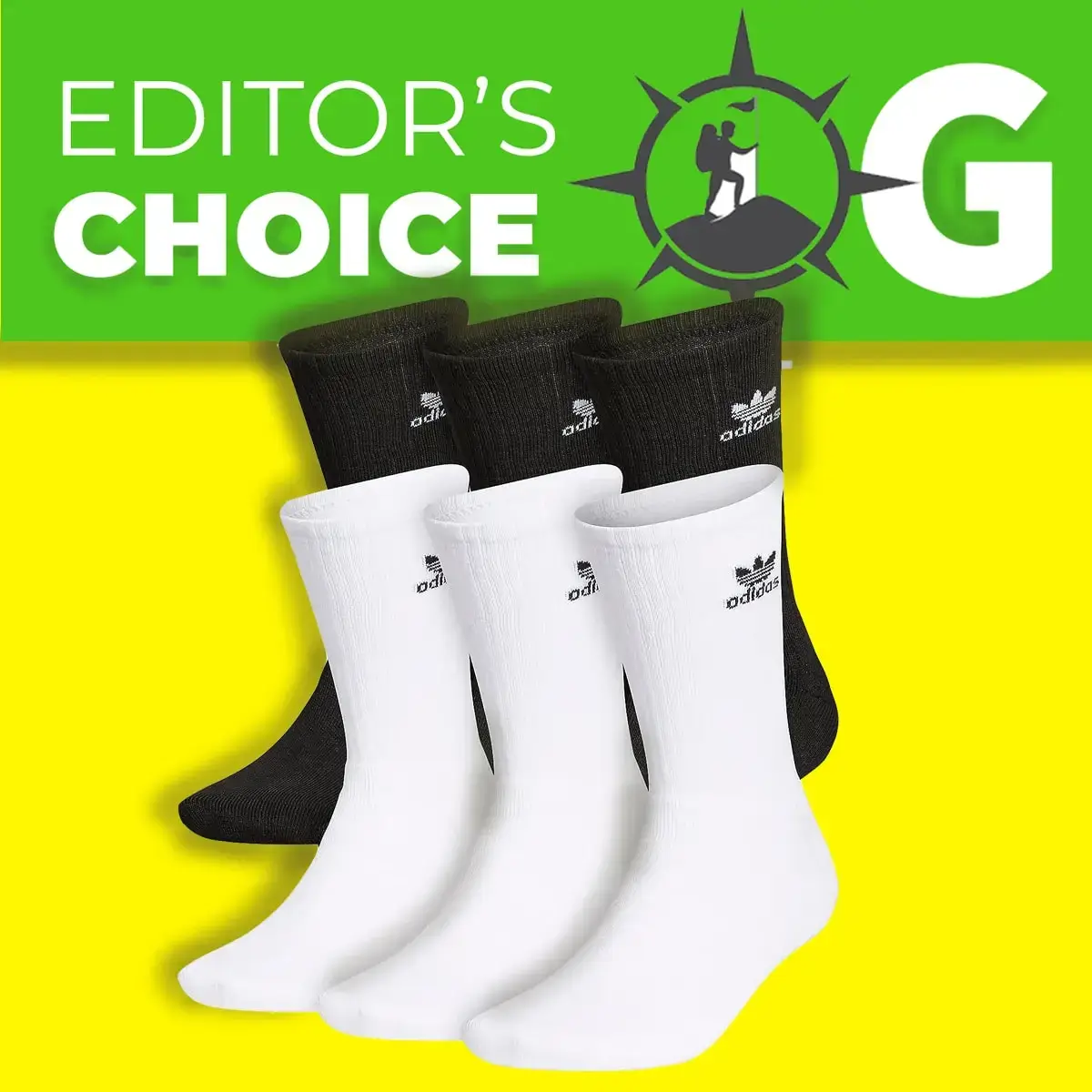
Adidas Men’s Trefoil Cushioned Crew Socks provide both style and comfort, featuring foot cushioning for everyday wear, arch compression for secure foot fitting, moisture-wicking fabric to keep feet dry, moisture management technology that prevents sweat build-up, as well as moisture-wicking technology that keeps feet cool – offering both function and style for any occasion. A perfect blend of function with clean style.
Etekcity LED Camping Lantern
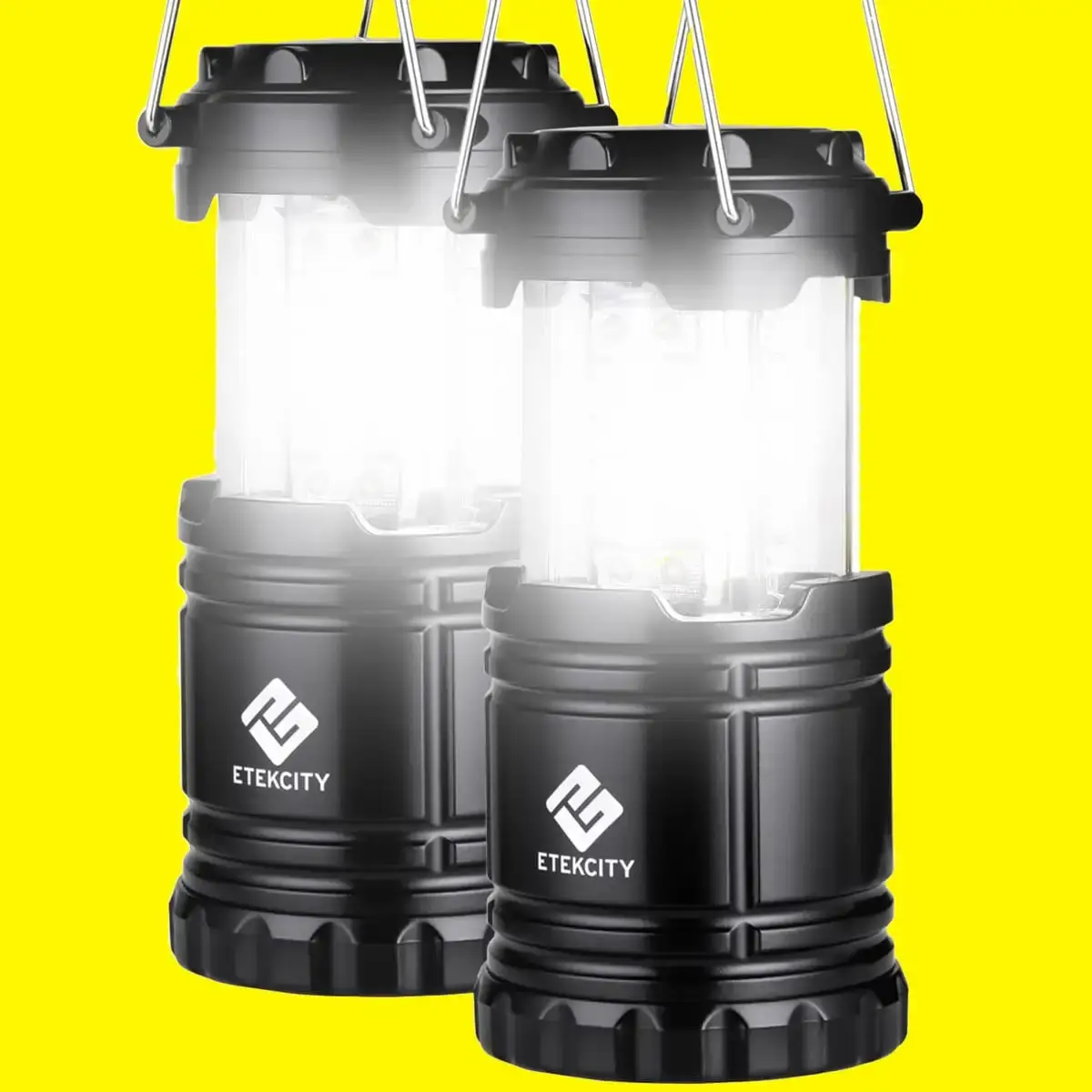
The Etekcity LED Camping Lantern features 30 energy-saving LEDs for maximum illumination, guaranteeing extended use. Constructed from durable military-grade material for long-term performance. Lightweight and collapsible for convenient portability and storage; up to 12 hours of illumination with minimal battery consumption makes this lantern the perfect companion on outdoor adventures. Weighs only 200 grams for ease of portability!! Ultimately it makes an excellent addition to camping adventures of any kind!
Conclusion
Campers who welcome the presence of rain during their camping trips need to exhibit a strong sense of preparation and adaptability.
Skillfully handling their equipment and employing effective drying methods are essential components for navigating damp environments.
The ability to confront these moist circumstances is pivotal for both personal comfort and safety, affording individuals an advantage in dealing with nature’s precipitation.
By incorporating the sentence “Rain Camping Tent Tips For Staying Dry,” one can access valuable guidance on maintaining dryness and enhancing the experience of camping in wet conditions.
Consequently, this approach can potentially transform the challenges of rainy camping into a pleasurable and fulfilling escapade.
FAQs For Rain Camping Tent Tips For Staying Dry
What can I do to prevent water from leaking into my tent during rainy camping trips?
To avert leaks, it’s crucial to correctly set up your tent on elevated terrain and employ a ground tarp beneath it.
Before embarking on your trip, take the time to seam seal your tent, and verify that the rainfly is securely fastened and anchored to prevent water from accumulating.
For comprehensive advice on staying dry while camping in the rain, refer to “Rain Camping Tent Tips For Staying Dry.” Following these measures will help fortify your defense against dampness, ensuring a comfortable and enjoyable camping experience even amidst wet conditions.
How can I manage condensation inside the tent when it’s raining outside?
Condensation can be managed by increasing ventilation. Keep the tent’s windows and vents partially open to allow air circulation. Using a tent with good ventilation features and avoiding cooking inside the tent can also help reduce condensation.
What type of tent material is best for keeping dry during rainy weather?
Tents made from waterproof and breathable materials like nylon or polyester with a high hydrostatic rating are recommended for rainy conditions. Look for materials with a coated rainfly and sealed seams to enhance water resistance.
Are there any specific techniques for drying wet gear and clothing inside the tent during rain?
Hang damp clothing and gear near the tent’s ventilation points, but not directly against the tent walls. Using a clothesline inside the tent or utilizing gear lofts can help keep items off the tent floor, preventing moisture transfer.
What are some tips for staying comfortable and dry while spending extended periods inside the tent during heavy rain?
Have entertainment options like books, games, or electronics to pass the time. Use camping-friendly furniture to keep items off the ground. Make sure to keep wet and muddy items outside the tent or in a vestibule area to maintain interior cleanliness.

